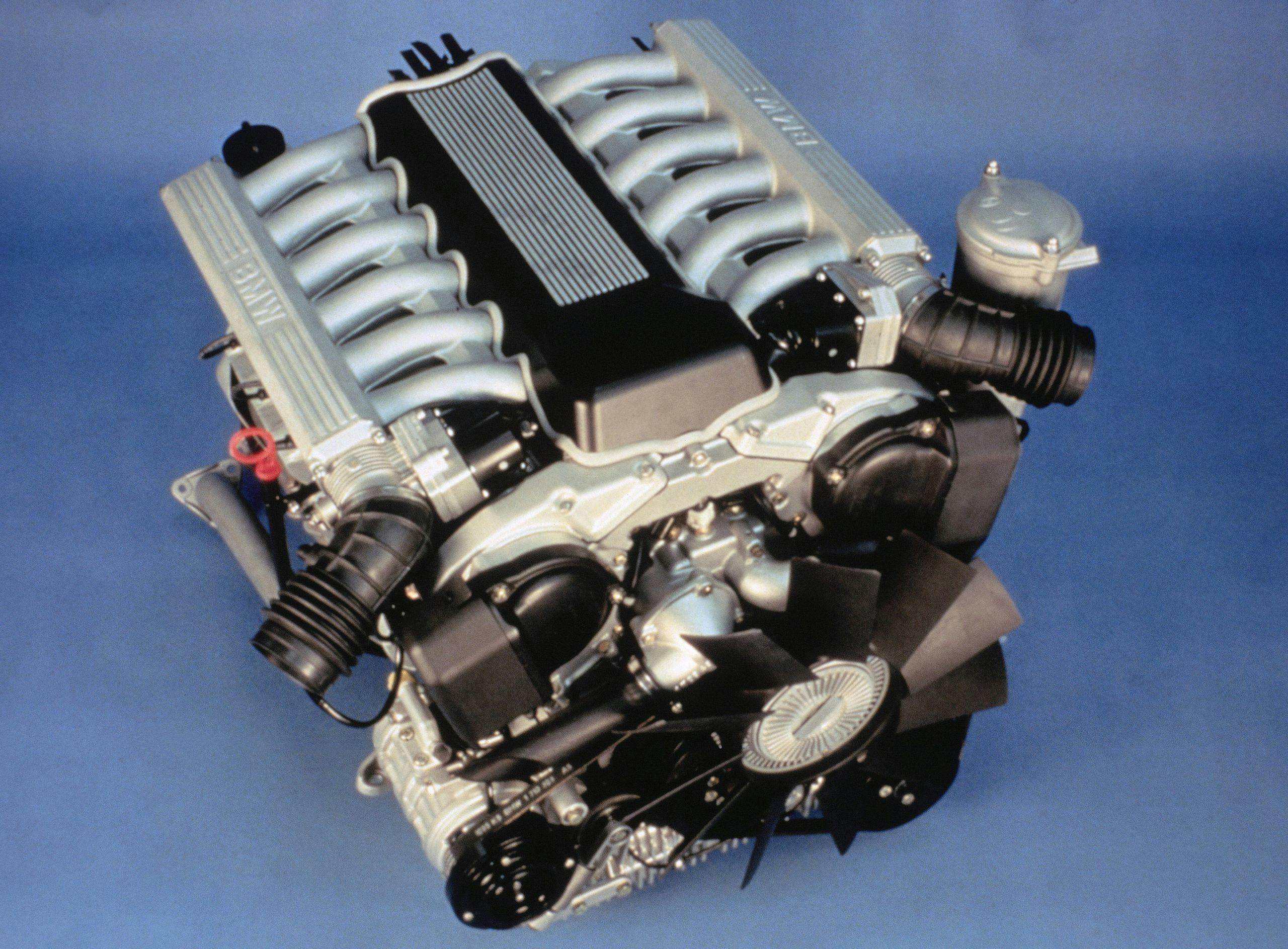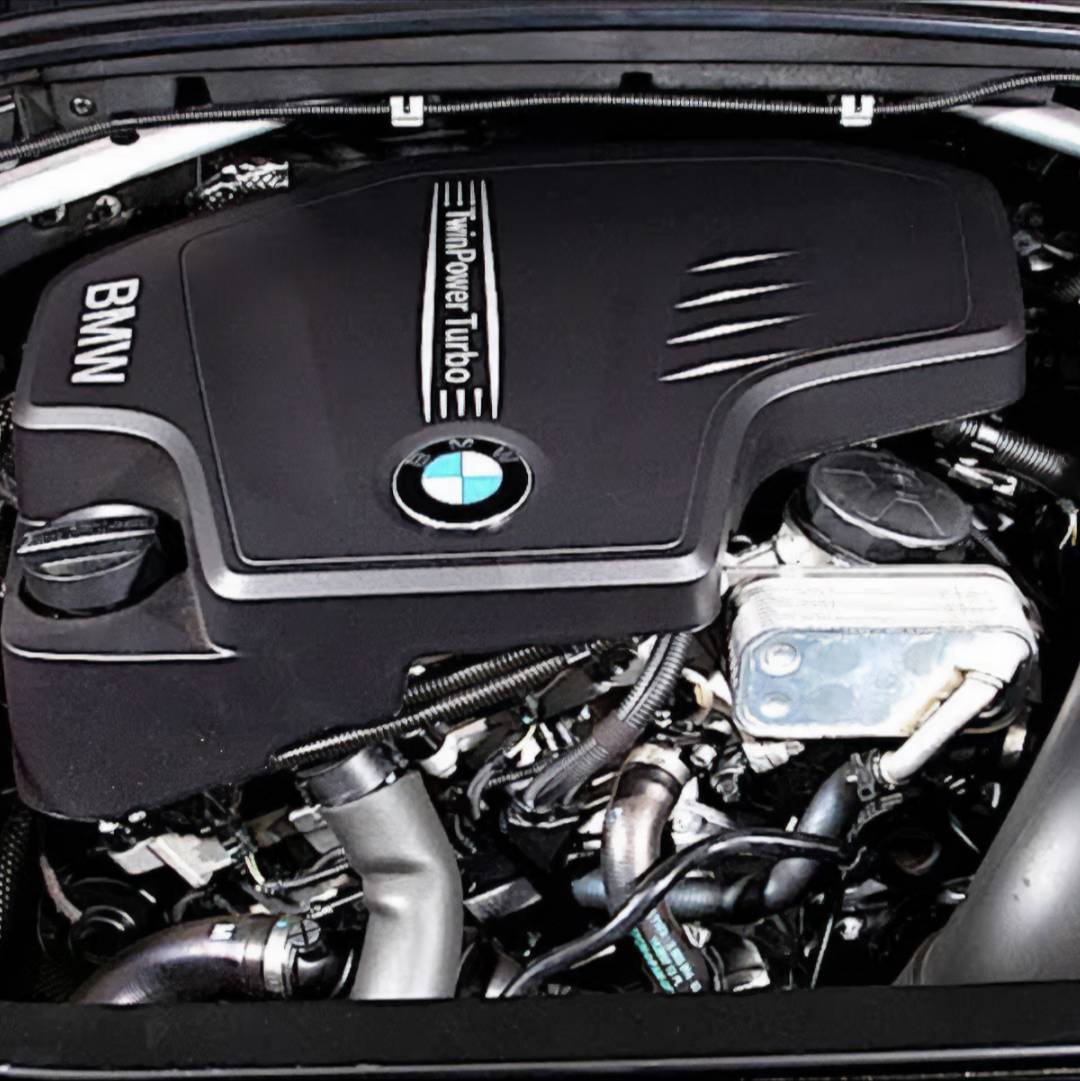The Duty of BMW Engine Design in Getting Exceptional Fuel Efficiency
The Duty of BMW Engine Design in Getting Exceptional Fuel Efficiency
Blog Article
Discovering the Advancement of Burning Engines in Modern Transport Solutions
As we browse the landscape of modern transport, the development of combustion engines stands as a testimony to human ingenuity and engineering prowess. The interaction of history, innovation, and ecological concerns in shaping the trajectory of burning engines creates a story that is both insightful and engaging.
Early Beginnings of Combustion Engines
Exactly how did the idea of combustion engines initial emerge in the very early stages of transportation development? The origins of burning engines can be traced back to the 17th century when the principles of inner burning were initial explored.
The breakthrough moment came with the creation of the initial successful gasoline-powered engine by Karl Benz in 1885 - bmw engine. This engine led the way for the development of the modern car, revolutionizing transport systems worldwide. Subsequent advancements by Nikolaus Otto and Gottlieb Daimler even more improved burning engine modern technology, causing the automation of autos and the rapid growth of the transportation sector
These early combustion engines were characterized by their simpleness and effectiveness, laying the structure for the complicated and powerful engines utilized in modern-day transportation systems. The development of combustion engines has been instrumental in shaping the way we take a trip and transfer goods, marking a significant milestone in the background of transportation advancement.
Transition to Internal Combustion Technology
The shift to internal combustion technology marked a critical change in the evolution of transport systems. This change started in the late 19th century, with innovators like Nikolaus Otto and Gottlieb Daimler establishing the initial successful internal combustion engines. These engines changed transport by using a much more effective and effective choice to heavy steam engines and electric motors.
One of the vital advantages of internal burning engines was their capability to be reduced to suit vehicles, causing the advancement of automobiles and motorbikes. This shift from large, fixed engines to compact, mobile ones led the means for the modern-day transport systems we see today.
The shift to internal burning technology also stimulated advancements in gas modern technology, bring about the growth of gas and diesel as primary fuel resources for cars. This change not only made transport a lot more accessible to the masses but additionally laid the structure for the oil and gas market to come to be important to international economies.
Impact of Combustion Engines on Transport
The adoption of burning engines in transportation systems militarized an extensive shift in the performance and rate of global wheelchair. Burning engines reinvented transport by supplying a flexible and trustworthy resource of power for numerous lorries, consisting of automobiles, vehicles, airplanes, and ships. This innovation significantly improved the ability for individuals and goods to relocate over long ranges in shorter time structures, resulting in increased connectivity in between areas and countries.
Furthermore, the prevalent use burning engines has actually had a substantial effect on economic growth. The capacity to move products successfully has actually spurred profession and commerce, permitting organizations to broaden their markets and get to consumers worldwide. This has actually facilitated financial development and globalization, as items can currently be transferred quicker and in larger quantities than ever before.
Nevertheless, the ecological effect of burning engines can not be ignored. The combustion of nonrenewable fuel sources has actually brought about air contamination and greenhouse gas discharges, adding to climate change and posturing health and wellness dangers to populations. bmw engine. Consequently, there is an expanding focus on developing alternative propulsion modern technologies to minimize these negative you could try here results and produce an extra lasting future for transport
Advancements in Combustion Engine Style
Numerous improvements in burning engine style have actually driven the advancement of transportation systems over the years. One noteworthy development is the development of turbocharged engines, which utilize exhaust gases to drive a generator that presses inbound air, enabling even more fuel to be burned, resulting in raised power result without a considerable increase in engine size. Furthermore, straight injection technology has enhanced fuel efficiency and efficiency by specifically regulating the quantity and timing of fuel injected right into the combustion chamber. Variable valve timing systems have actually also revolutionized engine style by enhancing airflow at different engine rates, boosting both power and effectiveness. Another considerable development is the assimilation of lightweight materials such as carbon fiber and aluminum alloys, reducing total engine weight and improving lorry fuel economy. Furthermore, innovations in computer-aided style have actually allowed designers to maximize engine performance and efficiency through simulations prior to physical prototypes are built, conserving time and sources in the growth process. These advancements collectively add to the continuous enhancement of burning engines in modern transportation systems.
Future Trends in Combustion Engine Advancement
With modern technology improvements driving constant innovation, the future of combustion engine advancement is poised web to reinvent transport systems worldwide. One of the key patterns in burning engine advancement is the press in the direction of better efficiency and decreased emissions.
One more noticeable fad is the adoption of crossbreed technologies in combustion engines. Crossbreed engines integrate standard burning innovation with electric power, offering improved fuel efficiency and lower discharges. As the automobile industry changes towards electrification, crossbreed burning engines are seen as a transitional option that bridges the space in between conventional lorries and completely electrical ones.
Moreover, the combination of smart innovations, such as expert system and data analytics, is anticipated to play a significant function in the future of combustion engine development. These modern technologies can maximize engine efficiency in real-time, resulting in much more reliable burning processes and enhanced total automobile efficiency. Welcoming these future patterns will certainly not only drive innovation in combustion engine growth but also contribute to an extra eco pleasant and sustainable transport environment.

Conclusion
In verdict, the advancement of combustion engines in contemporary transport find this systems has been marked by considerable improvements in modern technology and layout. From the early beginnings of combustion engines to the change to inner burning technology, these engines have actually had a profound effect on transportation.
The roots of burning engines can be traced back to the 17th century when the principles of interior combustion were first discovered. These engines changed transportation by providing an extra powerful and efficient choice to heavy steam engines and electrical motors.

Report this page